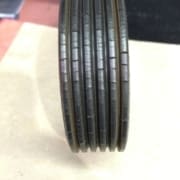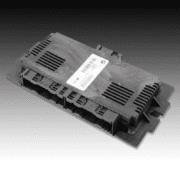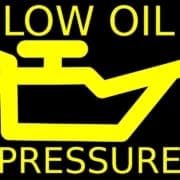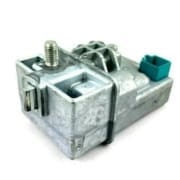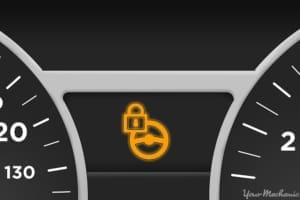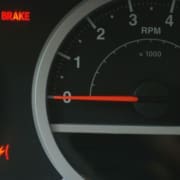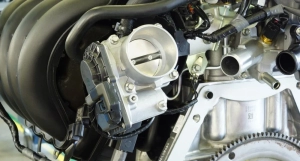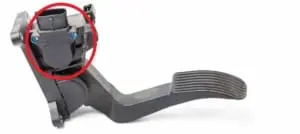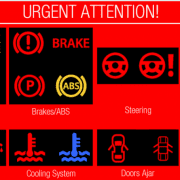Diagnosing and Fixing Noisy Fanbelts: Common Causes and Solutions
Introduction: Understanding the Importance of a Fanbelt
A fanbelt, also known as a drive belt, is an important component in a car’s engine that helps power various systems such as the alternator, water pump, and air conditioning compressor. If a fanbelt is making noise, it could be an indication of a problem that needs to be addressed. In this article, we will discuss the common causes of a noisy fanbelt and the solutions to fix them.
Signs of a Failing Fanbelt
The following are some signs that a fanbelt may be failing:
- Squeaking or squealing noise when the car is started or when the engine is running
- Chirping or whining noise while the car is in motion
- Slipping or loose belt, visible by visual inspection
- Cracks or fraying on the belt surface
- Loss of power or efficiency
- Warning lights or messages on the dashboard
Loose Fanbelt: The Cause and Solution for Squealing and Chirping Noises
One common reason for a noisy fanbelt is that it is loose. This can happen if the belt tensioner, which is responsible for keeping the belt tight, is worn or malfunctioning. A loose belt will make a squealing or chirping noise as it moves around on the pulleys. To fix this issue, the belt tensioner should be replaced..
Worn or Damaged Fanbelt: Whining and Screeching Sounds and How to Fix them
Another reason for a noisy fanbelt is that it is worn or damaged. Over time, belts can become frayed or cracked, which can cause them to make a whining or screeching noise. If a belt is found to be damaged, it should be replaced as soon as possible to prevent further damage to the engine and other systems.
Misaligned or Dirty Pulley: How to fix a slipping fanbelt
A misaligned or dirty pulley can also cause a fanbelt to make noise. Pulleys can become misaligned due to a worn or loose bearing, or due to an issue with the belt tensioner. A dirty pulley can cause the belt to slip, which can lead to a squealing noise. To fix this issue, the pulley should be cleaned and realigned, or the bearing should be replaced if necessary.
Other systems causing noise: When the problem is more than just the fanbelt
In some cases, a fanbelt may make noise due to a problem with one of the systems it powers. For example, if the water pump is failing, it may cause the belt to make a whining noise. In this case, the water pump should be replaced to fix the issue.
Conclusion: The importance of addressing a noisy fanbelt
If a fanbelt is making noise, it is important to address the problem as soon as possible. A noisy fanbelt can cause damage to the engine and other systems, and can also lead to a loss of power and efficiency. By being aware of the potential causes of a noisy fanbelt and taking action to address them, car owners can help ensure that their vehicle runs smoothly and efficiently.
Click here to get an instant online quote for a fanbelt replacement or diagnostics!
